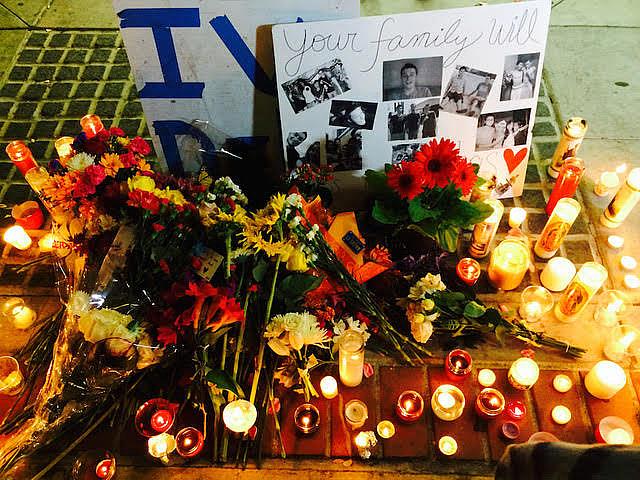Guns and restraining orders in California

(Photo by Monica Lopez)
It happened about 10 minutes into the interview, according to the transcript.
Just after the introductions, notes, and having settled into a conversational flow with San Diego’s city attorney, the director of communications entered the room while pantomiming the sign for “time out.”
“We have an active shooter in the building and we need to go,” he said.
Thankfully, it was a false alarm, which we learned after we had sheltered in various locations. But the irony is that the interview with the city attorney was about a law intended to prevent exactly this type of scenario.
My California Fellowship project asked how the state’s red flag law — the Gun Violence Restraining Order — was being used and what its impacts had been in preventing shootings where would-be shooters had exhibited concerning behavior.
Rather than focusing on mass shootings alone, I chose to look at the use of the law as a tool in situations of everyday gun violence: suicide, homicide and intimate partner violence. However, the story had to be told in less than 29 minutes, so I narrowed the focus and settled on intimate partner violence for several reasons.
There are some states that do not require people with domestic violence convictions to surrender their firearms or prohibit them from possessing a gun. California does.
In addition, California’s Gun Violence Restraining Order was modeled in the image of the state’s Domestic Violence Restraining Order (DVRO).
Thirdly, I wanted to find out whether this new twist on an old legal tool could uniquely help a group who were not the intended primary benefactors of the law.
Even with DVRO firearms prohibitions, women in California were still being shot and killed by their abusers. Could this new restraining order law bolster protections for women in this situation?
I needed a big picture view. Were people using it, and to what degree? Was it in fact preventing mass shootings, suicides, and other forms of gun violence? How did they measure success? How were the laws being enforced? Who had concerns about the law?
I reached out to representatives from a number of state and municipal agencies, some of whom agreed to fulfill my information requests, but did not follow through. In the end, I submitted California Public Records Act requests, which I wish I had done much earlier.

